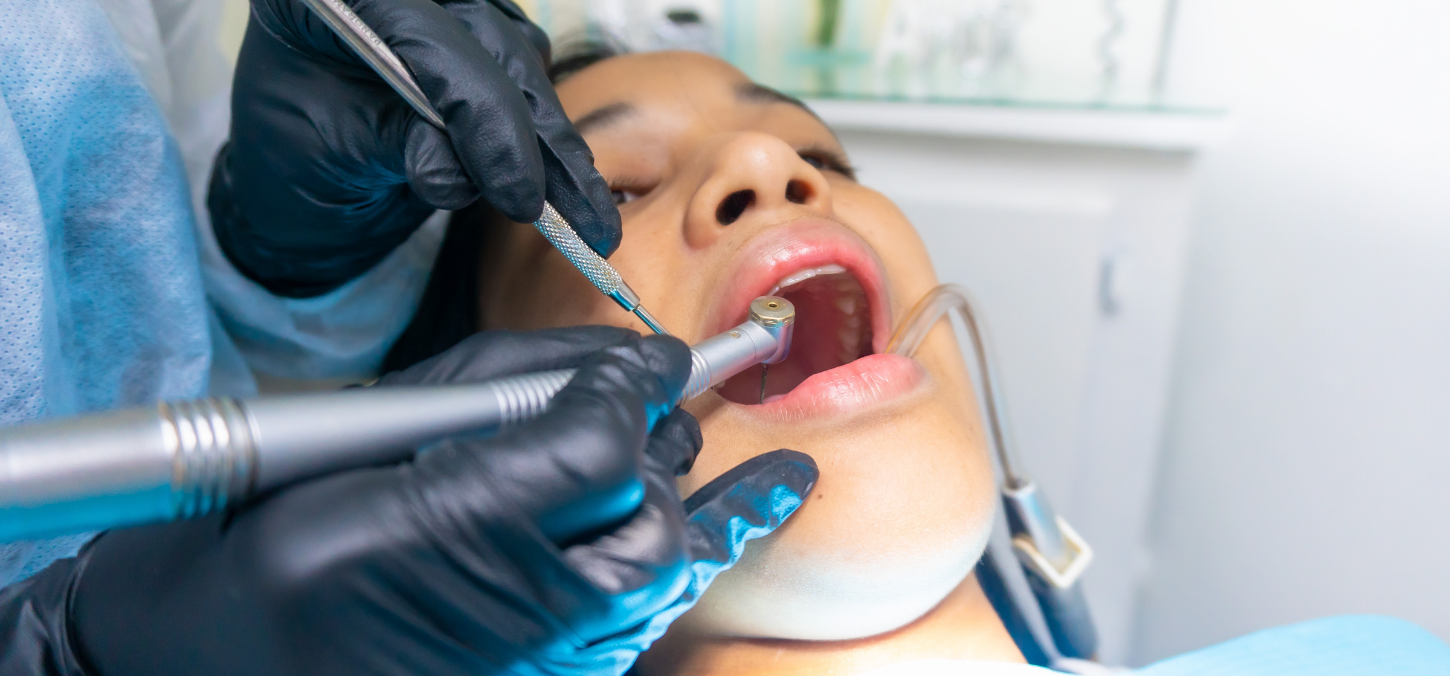
A drill-free solution to cavities
By Rachel Boutet
Imagine the ability to fix a tooth cavity without a drill? Hetal Desai, a second-year PhD student in the graduate specialty program in pediatric dentistry, is researching a solution to accomplish exactly this.
Desai’s PhD project aims to develop a low-viscosity resin with antimicrobial properties to restore early carious lesions without the need to use a drill. She is working on this research under the supervision of professor Yoav Finer, who holds the George Zarb/Nobel Biocare Chair in Prosthodontics.
Desai is an international student from India where she completed her BDS and then went on to achieve her DDS from UCLA and an oral biology master’s from University of Louisville. She chose to pursue her PhD at the Faculty of Dentistry because it allowed her the opportunity to do a dual degree.
“I came to the University of Toronto to investigate less invasive procedures for fixing dental caries,” she says. “This is especially important in children because fillings often need replacing years later. Finding a different solution has the potential to avoid multiple tooth restorations.”

There is currently a low-viscosity resin available that when applied to the tooth’s surface, acts like a barrier to prevent further damage. However, this material doesn’t have antimicrobial properties. Desai hopes to use drug-loaded nanoparticles to levy antimicrobial properties onto this resin. The nanoparticles are designed to carry a high drug load and are capable of gradually releasing the drug for a prolonged duration in order to maintain the antimicrobial effect for a long time. The result is the reduction of secondary decay occurrences around the restored tooth.
“Essentially, this resin will penetrate the tooth and form a barrier that will protect the tooth from being demineralized by the acids produced by the decay causing bacteria,” she says. “Additionally, the drug from the nanoparticles incorporated within the resin will eliminate the bacteria and protect the tooth from the bacteria and bacterial enzymes.”
“There is a lot of fear associated with visiting the dentist for a cavity, especially for young children,” says Desai. “I hope this research will help eliminate the need for this procedure and a more positive experience for patients of any age.”
Photo: Dental drill (lafayett zapata montero via Unsplash)